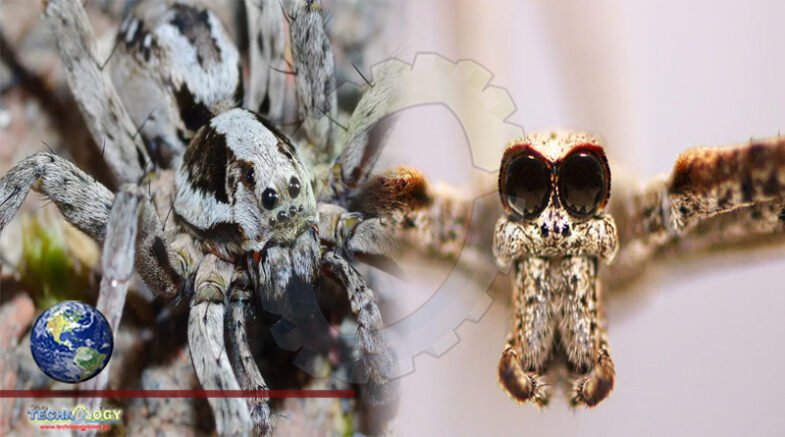A 2-inch-long (5 centimeters) fox spider thought to be extinct in Great Britain is actually alive and thriving on a British military base.

By Stephanie Pappas
A program manager at the Surrey Wildlife Trust rediscovered the great fox-spider (Alopecosa fabrilis) on an undeveloped portion of a military installation in Surrey, England, after a two-year search. The last time the spider was seen before this in Britain was in 1993, or 27 years ago.
“It’s a gorgeous spider, if you’re into that kind of thing,” the program manager Mike Waite told the Guardian.
Nocturnal hunter
The great fox-spider is a wolf spider, a family of arachnids that hunts down its prey rather than building webs. The spider is nocturnal, which makes it an elusive quarry for spider enthusiasts. According to The Guardian, Waite used aerial photography of the military installation to find bare patches where the spiders like to hunt. His search in these sandy spots paid off after many fruitless nights.
“As soon as my torch fell on it I knew what it was. I was elated,” Waite said. “With coronavirus, there have been lots of ups and downs this year, and I also turned 60, so it was a good celebration of that.”
Waite found several male spiders, one female and possibly some immature spiderlings, though the latter were difficult to identify conclusively.
Nocturnal hunter
The great fox-spider is a wolf spider, a family of arachnids that hunts down its prey rather than building webs. The spider is nocturnal, which makes it an elusive quarry for spider enthusiasts. According to The Guardian, Waite used aerial photography of the military installation to find bare patches where the spiders like to hunt. His search in these sandy spots paid off after many fruitless nights.
“As soon as my torch fell on it I knew what it was. I was elated,” Waite said. “With coronavirus, there have been lots of ups and downs this year, and I also turned 60, so it was a good celebration of that.”
Waite found several male spiders, one female and possibly some immature spiderlings, though the latter were difficult to identify conclusively.
Originally published at The Guardian.
